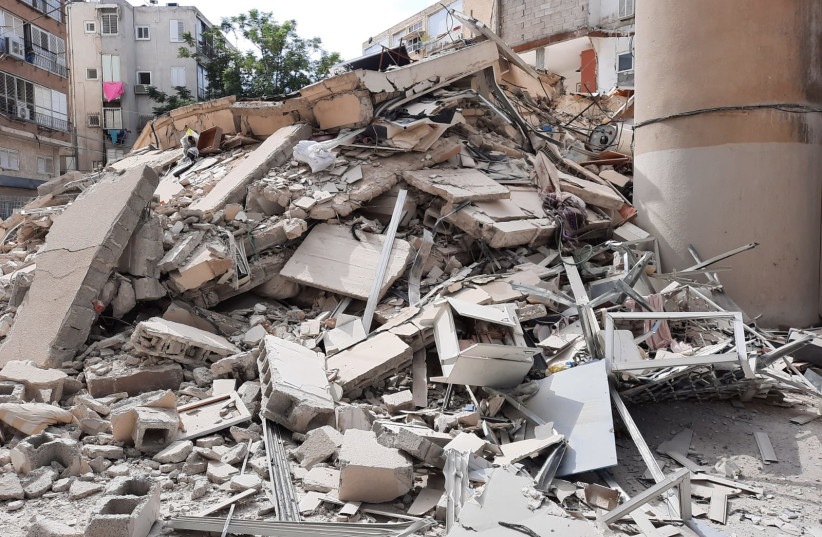The weeklong Sukkot festival, which begins tonight, is a special time, especially in Israel, where temporary booths built by religious and non-religious Jews can be found everywhere. These tabernacles recall the way the Children of Israel traveled the desert for 40 years after the Exodus from Egypt. They are also a powerful reminder of our fragility and vulnerability.
People leave their homes to eat and/or sleep in these flimsy constructions with roofing that has gaps wide enough to see the sky.
Celebrating Sukkot during a global pandemic for the second year running already heightens our sense of impermanence and vulnerability. This year, however, it is appropriate for people to keep in mind another field in which our human fragility is evident.
In June, the deadly Surfside building collapse in Florida took the lives of 98 people. Although the inquiry into the disaster is ongoing, it is clear that some of the faults in the building were apparent at the time of the tragedy but were not acted upon.
In Israel, a disaster was narrowly averted this month when a member of the Fire and Rescue Services, who was summoned to check strange noises and cracks in a tenement building in Holon, was wise enough to insist on the immediate complete evacuation of the block. The following day, the building collapsed, taking with it all the belongings of the 36 families but without injuries or loss of life.
It’s not hard to imagine what would have happened had the Fire and Rescue Services not ordered the evacuation.

Headlines screamed, “A miracle in Holon,” but the “miracle” occurred because action was taken in time.
As noted by The Jerusalem Post’s Zev Stub, the Israel Builders Association claims as many as 80,000 buildings, comprising 300,000 apartments, are in danger of collapse and need reconstruction work in the coming years to avoid disaster.
“We published this in a report that we submitted to the government in 2017, but this is something we have been saying for years,” IBA Deputy Director-General Shay Pauzner said. “The message is that Israel needs to start thinking strategically about this because we are in the danger zone.”
Construction standards in Israel have improved significantly in recent years, but older buildings are at risk, according to the IBA. Natural aging and the corrosion of the concrete and steel beams, particularly in buildings exposed to salt and humidity along the Mediterranean coastline, the effects of small tremors over the years and, in some cases, improperly constructed additions all take a toll.
There is currently no requirement for either residents or local authorities to carry out periodic checks even on older, at-risk buildings. Such checks could help identify problems before they reach a critical, life-endangering stage. Perhaps such checks could be made a prerequisite for insurance and mortgage purposes.
Israel has two forms of the so-called TAMA 38 program that are relevant to improving the safety of housing. In both versions, the contractor covers the costs with extra housing, while the homeowners gain larger and more modern apartments.
In one, contractors strengthen existing buildings by adding elevators and an outer “envelope” and in return are able to build one or two more stories that they can sell. The other program is known as pinui-binui, a raze-and-rebuild urban renewal project in which the old building is completely demolished and a new building, usually a tower, is built to replace it.
Unfortunately, such programs do not work outside the major cities where there is less demand for housing and the projects are not financially viable for contractors. Other incentives must be found in such cases. It cannot be that residents of areas at high earthquake risk, such as Beit She’an, Tiberias and Safed, are unable to upgrade the safety of their homes.
Safety is not a luxury. As we sit in our deliberately flimsy sukkot this year, we must each reflect on the importance of taking responsibility for making sure our homes are safe and to ensure the government realizes that this is of no less importance than security and dealing with the COVID-19 pandemic.
